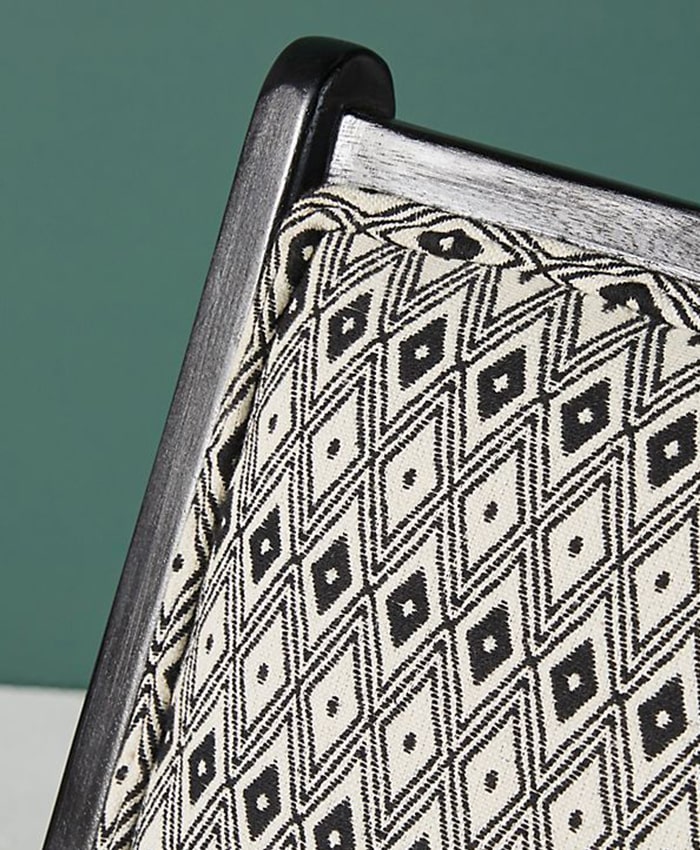Don’t bother typing “lorem ipsum” into Google translate. If you already tried, you may have gotten anything from “NATO” to “China”, depending on how you capitalized the letters. The bizarre translation was fodder for conspiracy theories, but Google has since updated its “lorem ipsum” translation to, boringly enough, “lorem ipsum”.
One brave soul did take a stab at translating the almost-not-quite-Latin. According to The Guardian, Jaspreet Singh Boparai undertook the challenge with the goal of making the text “precisely as incoherent in English as it is in Latin – and to make it incoherent in the same way”. As a result, “the Greek ‘eu’ in Latin became the French ‘bien’ […] and the ‘-ing’ ending in ‘lorem ipsum’ seemed best rendered by an ‘-iendum’ in English.”

Here is the classic lorem ipsum passage followed by Boparai’s odd, yet mesmerizing version:
“Lorem ipsum dolor sit amet, consectetur adipiscing elit. Nam hendrerit nisi sed sollicitudin pellentesque. Nunc posuere purus rhoncus pulvinar aliquam. Ut aliquet tristique nisl vitae volutpat. Nulla aliquet porttitor venenatis. Donec a dui et dui fringilla consectetur id nec massa. Aliquam erat volutpat. Sedut dui ut lacus dictum fermentum vel tincidunt neque. Sedsed lacinia lectus. Duis sit amet sodales felis. Duis nunc eros, mattis at dui ac.”
Nick Richardson described the translation “like extreme Mallarmé, or a Burroughsian cut-up, or a paragraph of Finnegans Wake. Bits of it have surprising power: the desperate insistence on loving and pursuing sorrow, for instance, that is cheated out of its justification – an incomplete object that has been either fished for, or wished for.”
The decade that brought us Star Trek and Doctor Who also resurrected Cicero—or at least what used to be Cicero—in an attempt to make the days before computerized design a little less painstaking.
The French lettering company Letraset manufactured a set of dry-transfer sheets which included the lorem ipsum filler text in a variety of fonts, sizes, and layouts. These sheets of lettering could be rubbed on anywhere and were quickly adopted by graphic artists, painters, architects, and advertisers for their professional look and ease of use.
Campfire Lounge
Aldus Corporation, which later merged with Adobe Systems, ushered lorem ipsum into the information age with its desktop publishing software Aldus PageMaker. The program came bundled with lorem ipsum dummy text for laying out page content, and other word processors like Microsoft Word followed suit. More recently the growth of web design has helped proliferate lorem ipsum across the internet as a placeholder for future text—and in some cases the final content (this is why we proofread, kids).
So when is it okay to use lorem ipsum? First, lorem ipsum works well for staging. It’s like the props in a furniture store—filler text makes it look like someone is home. The same WordPress template might eventually be home to a fitness blog, a photography website, or the online journal of a cupcake fanatic. Lorem ipsum helps them imagine what the lived-in website might look like.
Second, use lorem ipsum if you think the placeholder text will be too distracting. For specific projects, collaboration between copywriters and designers may be best, however, like Karen McGrane said, draft copy has a way of turning any meeting about layout decisions into a discussion about word choice. So don’t be afraid to use lorem ipsum to keep everyone focused. One word of caution: make sure your client knows that lorem ipsum is filler text. You don’t want them wondering why you filled their website with a foreign language, and you certainly don’t want anyone prematurely publishing it. So there you have it. Lorem ipsum: the nonsense words unable to fully escape meaning.











